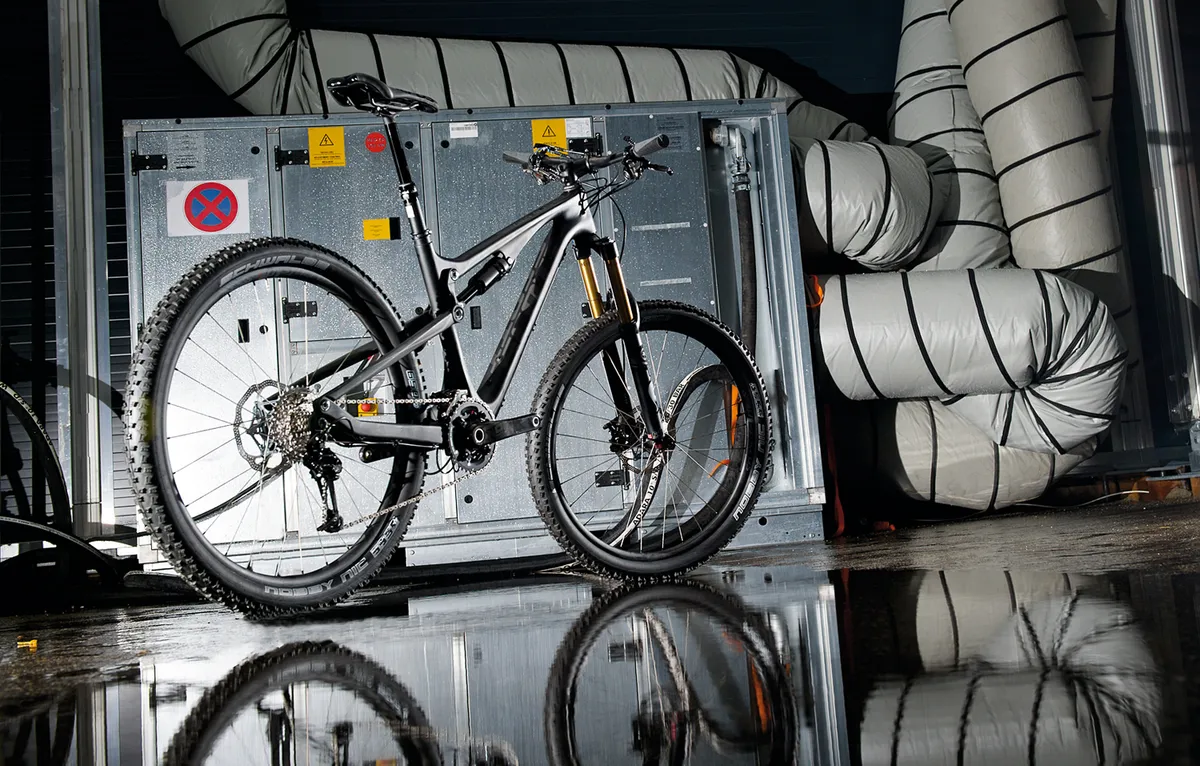Recently, Scott’s Benoit Grelier chatted to What Mountain Bike about the importance of cohesion between design and engineering, where 26in wheels will end up and carbon fibre frames…
On form vs function
“At Scott we’re lucky to have some engineers who’re sensitive to the design, and some designers who are sensitive to the materials and process. Our engineers and designers are in the same office, in the same team.
“Bike frame development is a daily communication between the two. It is hard for me to say if design drives engineering, or if engineering drives design… I would say that a good product is the perfect combination between both, without compromise between design and technology.”
On the future of 26in wheels
“It is too early to say this [that 26in wheels are dead], but the goal of 27.5in wheels is to offer better performance to riders who are 26in oriented, without compromising on geometry, weight and stiffness. In our 2013 lineup 27.5in wheels tend to replace 26in, whereas we keep 29in wheels in the range.
“Another important point is that the bike industry needs time to be able to offer 27.5in products at all price levels, especially entry level. So 26in wheels are still here for now, but the bike industry is reacting a lot faster with the 27.5in standard than it did with the 29 inch.
“Finally, the success of 27.5in depends on all riders; if they like it and accept it or not. The success of Nino [Schurter] riding his Scale 700 is the best example. The move to 27.5in is the result of tests and research that are performance-oriented. From the feedback we’ve already received, the 27.5in standard is more than well accepted!”

On new design and manufacturing processes
“Additive manufacturing such as 3D printing is an interesting process for prototyping, but I don’t believe that it could be a price competitive option for production of bigger quantities.”
On Scott’s use of carbon for its frames
“Carbon, and composite material in general, remains for us the best material to achieve high performance in a frame. The biggest challenge with carbon is industrialization, and the difference between each brand today is as much the process and material knowhow as the material choice itself.
“We still have many ways to improve the use of carbon, from the raw material (weaving, resin) to the process, but both are definitely linked. The performance of a material depends on its use (product design and process). So, to finalise the loop with your first question, the relation between process and material is the same as the relation between engineering and design.”
This article was originally published in What Mountain Bike magazine, available on Apple Newsstand and Zinio.
